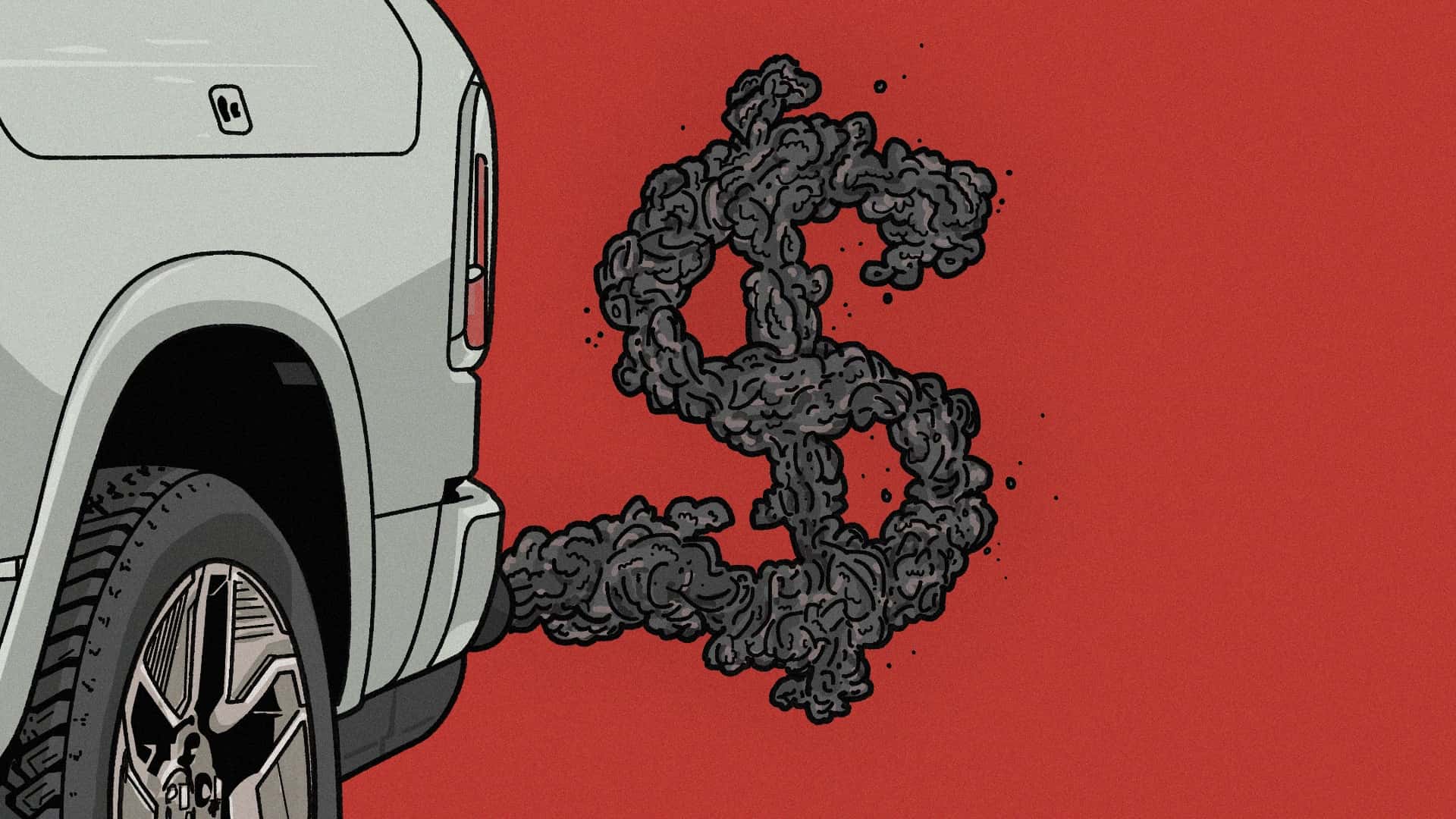There is a fundamental truth you have to understand about car companies:They do not exist to make cars. They exist to make money. That distinction, analyst Kevin Tynan tells me, is why they’re not really interested in making affordable electric vehicles.
Perhaps that’s an oversimplification. Tynan is the director of research at an auto-dealer-focused investment bank, the Presidio Group, with decades of experience as an analyst at firms like Bloomberg Intelligence. What he means isn’t that automakers have no interest in affordable products. It’s that their interest begins and ends with winning customers who will eventually buy more expensive, higher-margin products.
One of the auto industry’s dirtiest secrets is that at scale, it doesn’t cost that much more to make a bigger, more expensive than a smaller and cheaper one. But they can charge you a lot more for the former, which makes this a game of profit margins and not just profits. In recent years especially, that’s a big part of why your new car choices have skewed so heavily toward bigger crossovers, SUVs and trucks.



But that would disproportionately hit poor people. Generally they have to live farther out, where rents are cheaper, and in much of the US public transit is a pile of shit.
Hell, even in places where it isn’t it’s still painfully inconvenient. I live in a fairly transit-friendly city, and it takes my husband 45 minutes to an hour to get to work by transit, or 10-12 minutes by car.
How far is he from work? If your city has the right transit chops, an ebike might actually put both a car and transit to shame. Drives that take an hour by bus or 35 minutes by car take 26 minutes or less in my city, due to godawful traffic. But the bike lanes have no traffic lights and cut straight through massive areas, instead of block by block streetlights.
The problem is there are no easy safe bike paths directly there; he would have to either ride out of his way to one or travel part of the way on narrow fast roads that have a lot of box-truck and semi-truck traffic. Or get on the freeway for a stretch, which is also bad in different ways.
The bike paths that there are, are pretty nice, but they’re more geared towards ‘enjoy a ride along the river’ and less towards ‘get from the inner city out and back again quickly’.
But yes, when he is willing to take those risks, it’s about a half-hour or so to get to work.
I’ve noticed this a lot in industrial areas; no-one seems to think you’d want to ride a bike there, so they don’t bother with infrastructure. Unless it’s in the inner city, but in that case it’s more a thing of happenstance since there are bike paths already surrounding the area so it’s less work to add a few connecting paths.
Yeah, hopefully that is shifting a bit more. When a bike system works, it is really nice. But many cities are just now realizing that they can be more than toys. It took our city to a breaking point before they realized that there was no physical room to keep adding lanes to the highways and roads around the city now that things have been built up. We still have traffic so bad that it can take upwards of an hour to move two blocks, though. That’s starting to change now, finally.